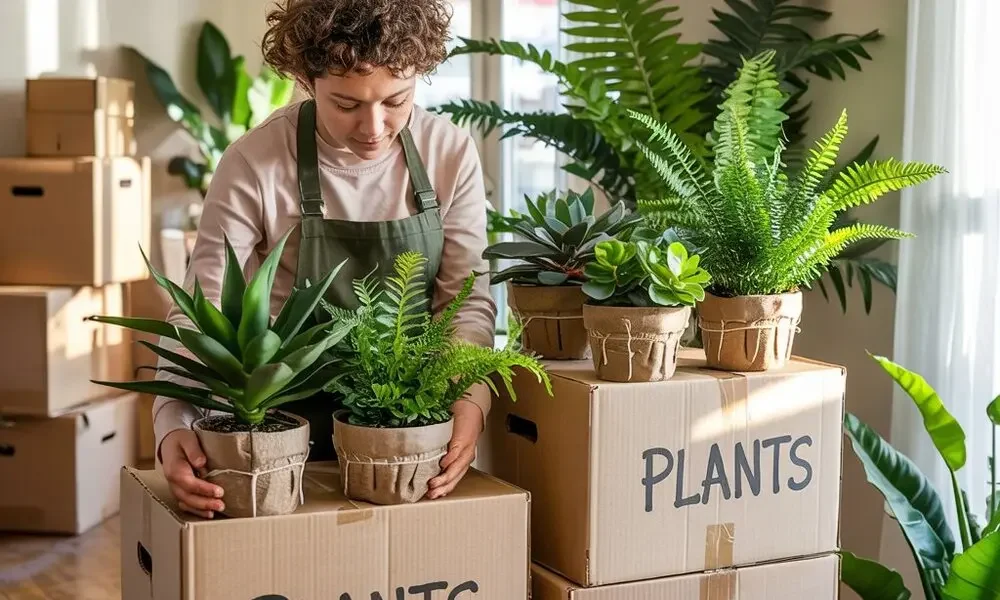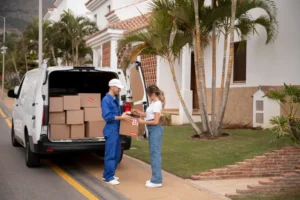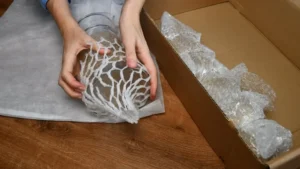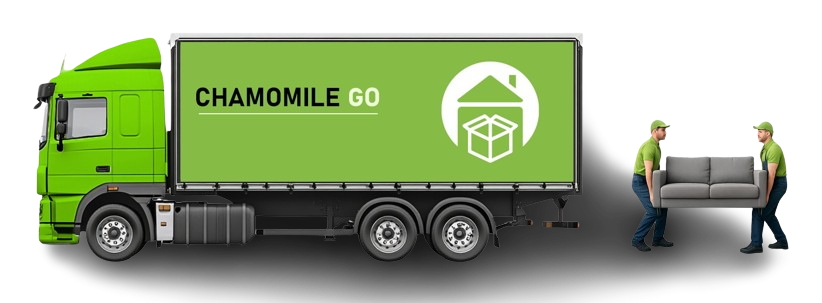How to move with plants can be a surprisingly tricky task, especially for those who consider their greenery part of the family. Plants are sensitive to changes in environment, temperature, and handling, which can make the process of moving with plants stressful for both the plants and their owners. Without proper care, a sudden move can lead to damaged leaves, broken pots, or even the loss of a beloved plant. For this reason, preparation is necessary to guarantee a seamless transition. From understanding the best ways to pack your plants to knowing how to care for them before, during, and after the move, this guide will walk you through each step of moving a plant successfully. Whether you’re relocating across town or across the country, we’ve got tips to help your leafy companions thrive in their new home.
How to Care for Plants While Moving
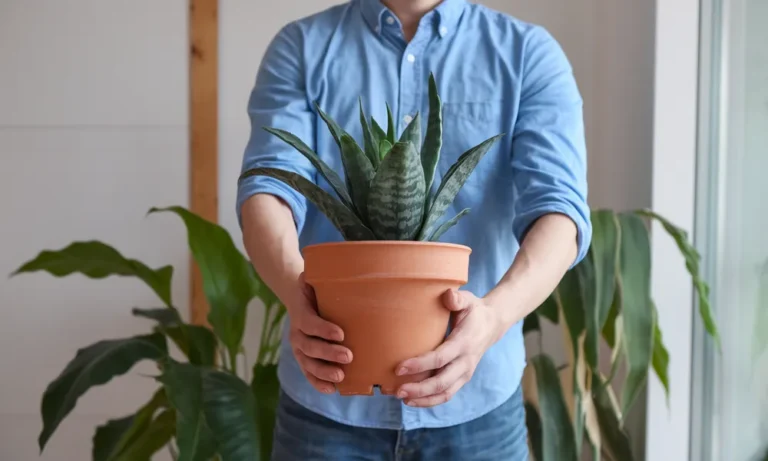
It can be challenging to relocate a plant, particularly if you want to maintain its health and well-being. Here’s how to move plants without killing them:
1. Protect Plants from Extreme Temperatures
Plants are sensitive to cold, heat, and sudden changes in climate. Whether you’re moving across town or across the country, avoid leaving them in hot cars or exposing them to freezing air. Transport them in a temperature-controlled setting if at all possible.
2. Use Breathable Containers
Plastic bags or sealed containers can suffocate your plants. Instead, use breathable materials like paper or fabric wraps, or leave them in their pots with good airflow.
3. Secure with the Right Packing Materials
To preserve your plants’ fragile leaves and branches, cushion them with newspaper or bubble wrap. Pots should be placed in strong boxes with ventilation holes; fill in any spaces to keep the pots from moving.
4. Label and Secure to Avoid Tipping
Clearly label boxes as “Live Plants” and “This Side Up.” Secure each pot so it doesn’t tip during the move use towels or packing paper to keep them steady.
With a little prep, moving plants without killing them is totally doable. Just treat them like fragile passengers, and they’ll adjust to their new space in no time.
You can also read about packing services in Los Angeles.
How to Move with Plants in a Car
If you’re moving with plants, keeping them happy and healthy during the car ride is all about planning and care. Here’s how to do it right:
1. Maintain Ideal Car Temperature and Airflow
Plants don’t love extremes. Keep your car at a moderate, consistent temperature, ideally between 60–75°F (15–24°C). Crack a window slightly for airflow, but avoid direct cold or hot drafts blowing on them.
2. Avoid the Trunk—Place Plants Inside the Cabin
Never put your plants in the trunk! They need light, air, and a stable temperature. Place them upright on the floor behind the seats or use a seatbelt to gently secure larger pots on the seat.
3. Use Boxes or Plant Carriers for Stability
To avoid tipping, group smaller plants in open boxes or sturdy plant carriers. Line the bottoms with towels or newspaper to cushion the ride and prevent soil spills.
4. During lengthy drives, check on your plants.
If you’re going on a road trip, plan to check on your plants during breaks. Make sure they’re still upright, not overheating, and not getting too much sun through the windows.
With a little care and attention, moving with plants in your car can be smooth and stress-free for both you and your green companions!
How Do You Transport Large Potted Plants?

When it comes to moving plants without killing them, large potted ones can be the most challenging. Their size, weight, and fragility require special care. Here’s how to safely transport plants that are big, beautiful, and a bit bulky:
1. Choose the Right Equipment
Use dollies or plant caddies to roll heavy pots, especially if you’re moving them across long distances or rough surfaces. Straps and moving blankets will help secure the pot and cushion it from bumps during the move.
2. Keep the Pot Safe and Secure the Soil
Before moving, cover the top of the soil with plastic wrap or a breathable fabric to prevent spills. Wrap ceramic or clay pots in blankets or bubble wrap to avoid cracking during transport.
3. Carefully Maneuver Through Tight Spaces
Moving large plants through doorways or hallways can be tricky. Measure door widths ahead of time, and tilt the plant gently when needed, being mindful of low-hanging branches or vines. Having a second person guide from the other side can help prevent damage.
4. Trim or Partially Repot if Necessary
If your plant is especially large or unwieldy, consider trimming back excessive growth or even partially repotting it into a lighter container just for the move. This reduces weight and makes it easier to manage.
Whether you’re shifting a tall fiddle-leaf fig or a decades-old monstera, a bit of prep goes a long way. With the right approach, you can transport plants safely while moving plants without killing them.
For moving services in Los Angeles contact no other than Chamomile Go.
How Will a New State Affect Your Plants?

When you’re moving to a new state, it’s not just you adjusting; your plants are, too. Different climates, air quality, and light conditions can all affect how well they adapt. Here are some tips to assist them in settling in:
1. Adjusting to New Climate, Humidity, and Light
Every state has its own vibe hot and dry, cool and damp, bright and sunny, or somewhere in between. These changes can impact your plant’s ability to absorb water and light. For example, succulents may thrive in dry climates but rot in high humidity, while tropical plants might struggle with low moisture levels in the air. Observe your plants closely and consider using humidifiers, shade cloths, or grow lights to help mimic their previous environment.
2. Quarantine Period to Monitor for Stress or Pests
After the move, isolate your plants for 7–10 days in a low-stress environment somewhere with indirect light and stable temperatures. This period helps them recover from transit shock and gives you a chance to spot issues like insects, mildew, or yellowing leaves without risking your whole collection.
3. Changes to Soil and Watering Routines
Soil may dry out faster or stay soggy longer depending on local humidity and temperature. Test your soil regularly with your finger or a moisture meter, and consider switching to a better-draining mix or a more moisture-retentive one based on the new conditions. Watering routines often need tweaking; plants that were watered weekly might now need water every few days or less often.
4. Reintroducing to Outdoor Environments
If you’re planning to keep your plants outdoors, ease them in slowly. The sun in your new location might be more intense, or the wind might be stronger. Start with a few hours of morning sun or filtered light, and gradually increase exposure over 1–2 weeks. Sudden outdoor placement can shock plants and cause leaf scorch or stress.
Final Thoughts
Moving with plants takes some extra care, but it’s absolutely doable with a little planning and patience. From protecting them during transit to helping them adjust to a new climate, small steps make a big difference. Plants may droop or stress at first, but most bounce back with time and attention. At Chamomile Go, we get it and our moving services in Los Angeles and packing services in Los Angeles are here to help make your move smoother. Let Chamomile Go handle the heavy lifting so you can focus on settling in with your plants.
FAQs
Can I Move With Plants Across State Lines?
Yes, but some states have agricultural restrictions to prevent pests and diseases. Check your destination state’s plant regulations before the move especially for outdoor or exotic plants.
How Do I Prepare My Plants For A Move?
Water them a day or two before the move (not on moving day), remove dead leaves, check for pests, and secure the soil with plastic wrap or a light cloth. Use boxes or carriers to keep them stable.
What’s The Best Way To Transport Plants In A Car?
Place them inside the cabin, not in the trunk. Keep the temperature stable, use breathable containers, and avoid direct sunlight. Secure them with boxes or straps to prevent tipping.
Will My Plants Survive A Long-Distance Move?
Yes, if properly packed and cared for. Keep them hydrated, shielded from extreme temps, and check on them during stops. A short quarantine at the new place helps them adjust.
Should I Repot My Plants Before Or After The Move?
It’s best to wait until after the move unless the pot is cracked or too heavy. Repotting can stress plants, and it’s easier to move them in their current container.
